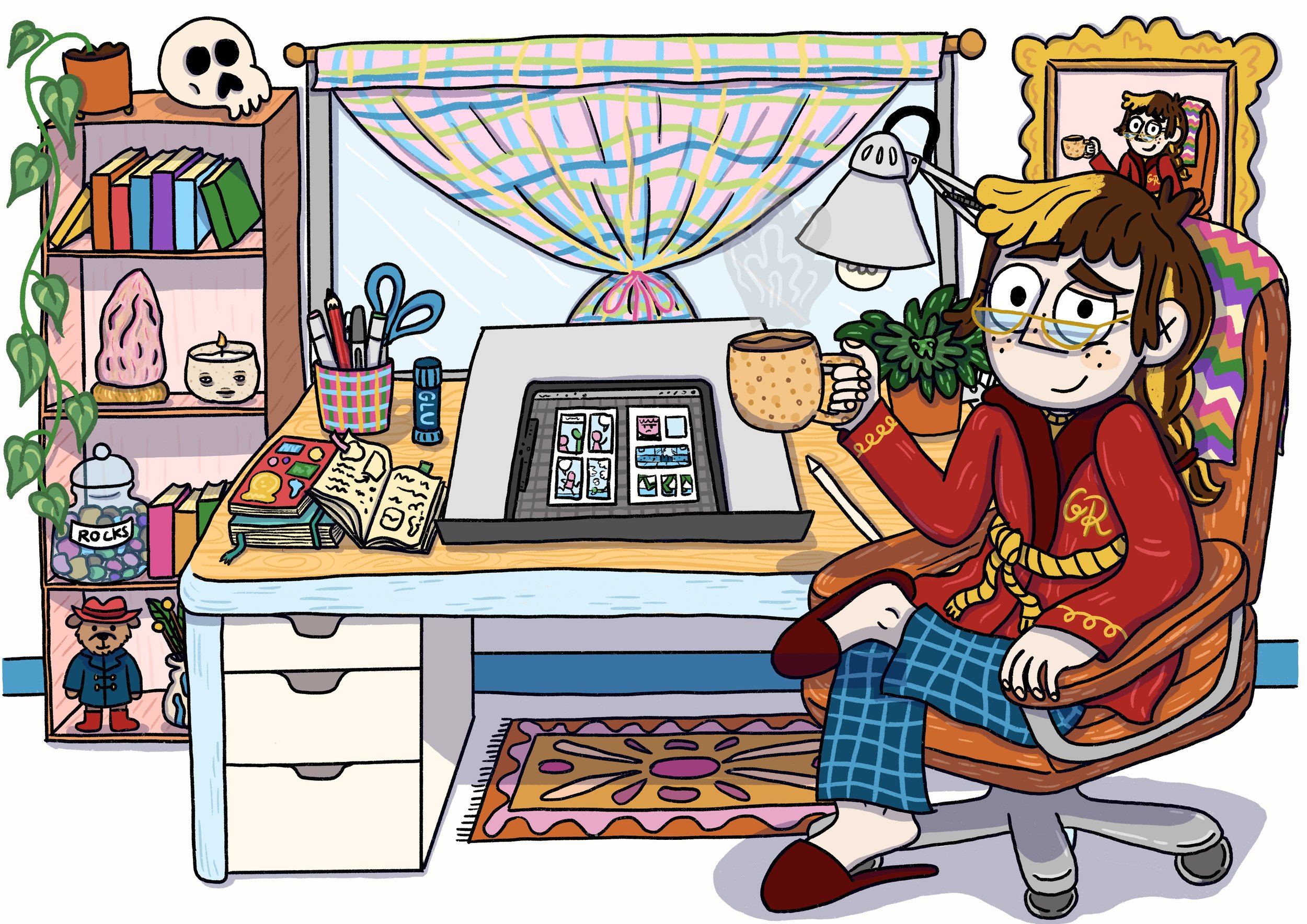However, at one recent feedback session with two comics pals (Greg Holfeld and Robin Tatlow-Lord), they suggested that maybe I shouldn't jump right in and do finished art for the whole of part one, but rather maybe pick a section/story and just finish that as a sample and then send the publishers the full draft and the sample story with finished art. This was good advice, or at the very least something to think about. Unfortunately it meant that I couldn't just jump straight into my plan of doing the final art for part one. I needed to sit down and figure out what to do next.
And that's pretty much where I'm at. Not sure which way to go and waiting for feedback. Not sure about what I want to do in my near future. Knowing that in January I head back to a good office job and that I would be crazy (from a stability point of view) not to want to go back. But I just can't shake this feeling that I need to try to make a go of drawing comics for real. It's not just something I want to do, it's something I feel like I need to do.
So, while I wait until that moment I finally decide what I'm doing next (which I'm sure will change regularly), I will keep writing lists upon lists, trying to figure out what I need to get done today, this week, next month, in five years, until I figure it out.
















































































































